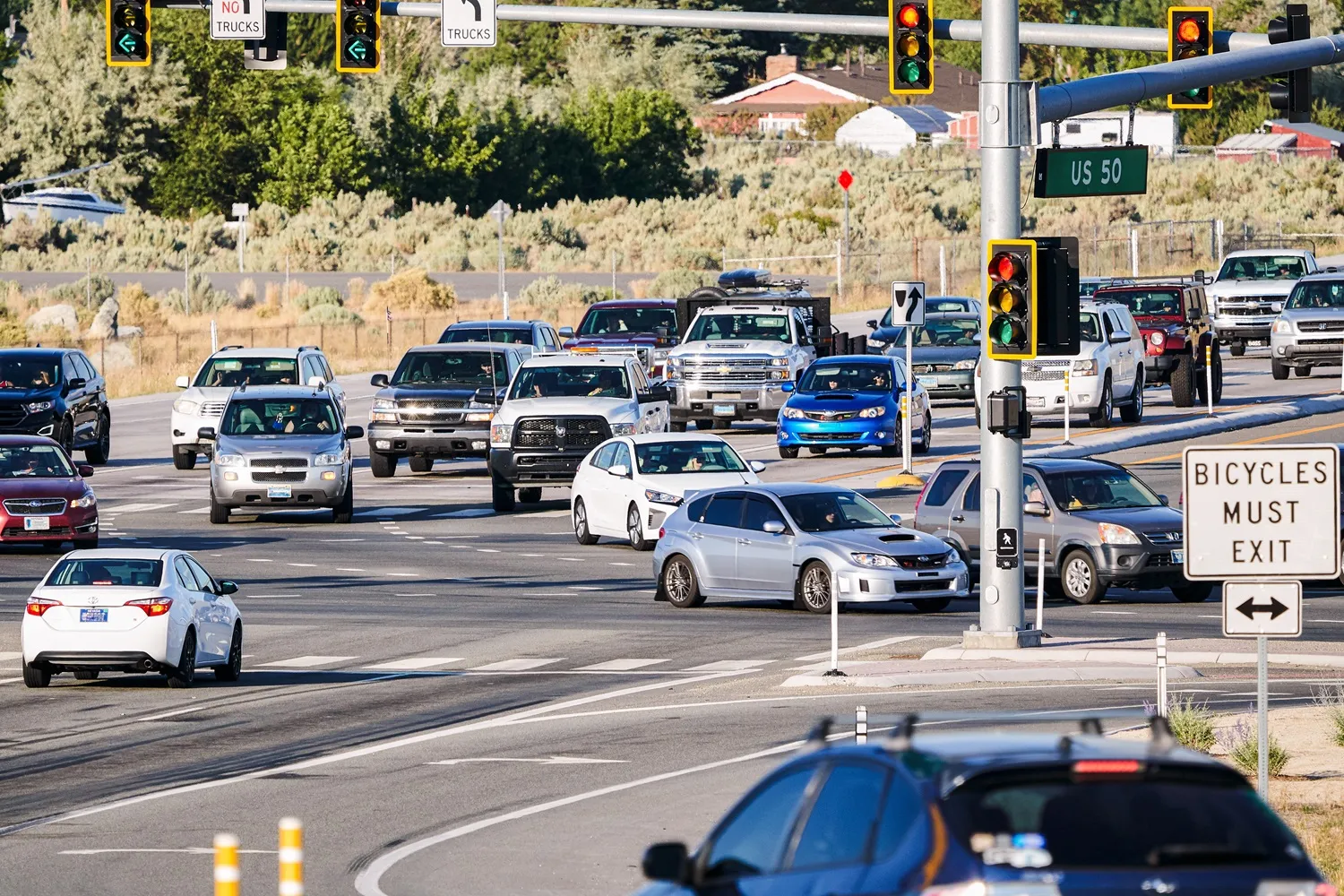The new UHF EPC Gen 2 reader model XT-3 from TagMaster, a long-range RFID reader, is designed for outdoor installations classified for IP-65 levels of ingression protection.
January 23, 2012
Read time: 1 min

The new UHF EPC Gen 2 reader model XT-3 from 177 TagMaster, a long-range RFID reader, is designed for outdoor installations classified for IP-65 levels of ingression protection. It is built in a sturdy casing and designed to operate in all climatic conditions and temperatures ranging from - 30°C to +60°C.
The reader complies with the ISO 18000-6 type C standard, also called EPC Gen 2, and complies with regional regulations in terms of frequency range and output power.
There are two versions of the XT-3; one designed to US specification and one according to European specification. The same reader controller platform is used in this product model as in all TagMaster readers with a Linux operating system and a full range of communication interfaces is made available as standard. The same software applications used in all readers from TagMaster are supported in the XT-3 series to provide extensive functionality and interfaces. This makes integration to management systems and other equipment quick and easy.
The reader complies with the ISO 18000-6 type C standard, also called EPC Gen 2, and complies with regional regulations in terms of frequency range and output power.
There are two versions of the XT-3; one designed to US specification and one according to European specification. The same reader controller platform is used in this product model as in all TagMaster readers with a Linux operating system and a full range of communication interfaces is made available as standard. The same software applications used in all readers from TagMaster are supported in the XT-3 series to provide extensive functionality and interfaces. This makes integration to management systems and other equipment quick and easy.










